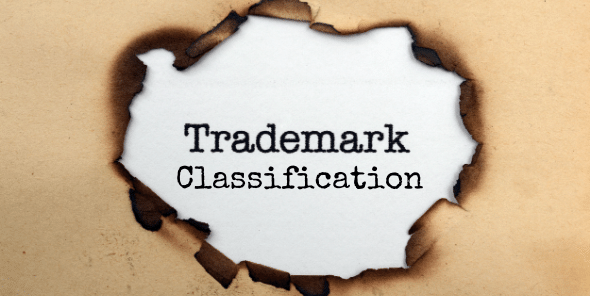A patent comes with a bundle of rights regarding an invention granted to the applicant to reward their ingenuity and incentivize the spirit of innovation in industries. It is one of the most important and significant ways any government and any business field can ensure that creativity and progress are rewarded but provided and a way to make sure that that very same creativity and progress do not stagnate. If a patent is granted, it brings along with it a monopoly. For that reason, sufficient information about the patent and the technology behind it must be disclosed. To further this idea, patent laws have always mandated that enough information about the innovative step is disclosed. This, in turn, ensures that no part of the patent can be kept out of state of the art, and new inventions and technologies that come from that point onwards can make use of that information to invent better. Patent applications with insufficient disclosures can even lead to its rejection. This article will attempt to answer the question of the parameters of the sufficiency of disclosure in a patent specification.
Every patent application comes with a provisional or complete specification of the new invention, in which an applicant is expected to “… fully and particularly describe the invention and its operation or use and the method in which it is to be performed; disclose the best method of performing the invention which is known to the applicant and for which he is entitled to claim protection.” (section 10(4) of the Patents Act, 1970).
Section 10 (4) also lays down the requirements that every complete specification must fulfill, which include:
● Entirely and mainly describe the invention and its operation or use and the method by which it is to be performed;
● Disclose the best method of performing the invention that is known to the applicant and for which is entitled to claim protection;
● End the specification with the claim or claims that make up the invention’s scope for which protection is being claimed.
● An abstract that provides the technical information of the invention.
Additionally, the guidelines for examining Patent applications in the field of pharmaceuticals issued by the Indian Patent Office states that the Sufficient disclosure of the invention in the patent specification is the consideration for which the patent is granted. While assessing whether or not the disclosure made in the specification is sufficient, it must be ensured that the best method of performing the invention known to the applicant is described in such a manner that it can be carried out by a person skilled in the art, without any extra experimentation or invention. Patent applications have been refused on the insufficiency of disclosure in a patent specification. Under sections 25 and 64 of the Act, it can also attract the patent’s opposition or revocation.
Section 25(1)(g) states that any person can file a pre-grant opposition on the grounds of such insufficiency. In the matter of Indian Patent Application No. 396/DEL/1996, the lead controller laid down the following three criteria for sufficiency of description:
1. It must describe the embodiment of the invention claimed in each of the claims;
2. It must enable those involved in the industry to carry it into effect without making any changes;
3. It must be fair, i.e., it must not be too difficult to follow.
In Press Metal Corporation Limited v. Noshir Sorabji Pochkhanawalla, the court held that there is a duty imposed on the applicant to state clearly and distinctly the nature and limits of what he claims and not use language that is obscure or ambiguous. It further stated that no patent could be granted if there is no clarity due to obscurity of language, mistake, or lack of skill.
The requirement of sufficiency is present in other jurisdictions across the world. In Europe, under article 83 of the European Patent Convention, it is stated that the application must disclose the invention in such a manner that it is sufficiently clear and complete for it to be carried out by a person skilled in the art, and this same requirement is also present in the United States.



